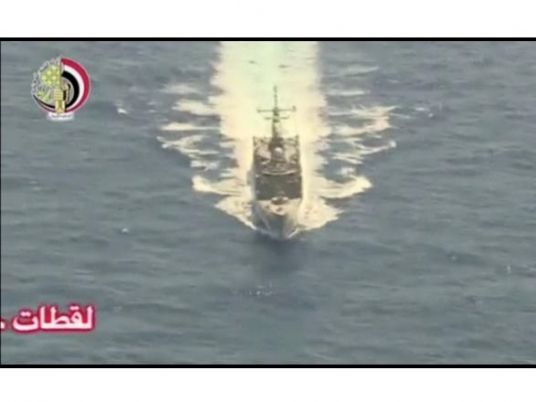
Egypt’s Civil Aviation Ministry said on Saturday it has not received any technical reports confirming the presence of explosive substances among the debris of an EgyptAir flight that crashed into the Mediterranean Sea in May.
The ministry said that neither the public prosecution nor forensic investigators had provided any evidence of explosives, despite recent news reports suggesting traces of TNT had been identified, pointing to a bomb as a cause of the crash.
French newspaper Le Figaro reported on Friday that investigators from France's Institute for Criminal Research had found traces of TNT last week in Cairo on debris from the plane, triggering a dispute between French and Egyptian authorities.
The origin of these traces remains unclear and Egyptian judicial authorities did not allow French investigators to examine the debris in detail, Le Figaro said, citing a source close to the investigation.
Egypt wishes to write a joint report with France to validate the presence of TNT on the debris. France has refused to do this because the investigators were not able to carry out an adequate inspection to determine how the traces could have got there, Le Figaro said.
On Saturday, Basim Sami, head of the media center for the ministry, said he has no knowledge of the claims made by Le Figaro.
Sami added that an international committee of experts is investigating the downing of the plane, and any new conclusions will be announced as they occur, with the families of the victims kept nformed.
EgyptAir flight MS804, an Airbus A320 plane, plunged into the eastern Mediterranean en route from Paris to Cairo on May 19. All 66 people on board were killed, including 15 French passengers. The cause of the crash remains unknown.
Audio from the flight recorder of the crashed aircraft mentions a fire on board the plane in its final moments, the investigation committee said in July.
Earlier analysis of the plane's flight data recorder showed there had been smoke in the lavatory and avionics bay, while recovered wreckage from the jet's front section showed signs of high-temperature damage and soot.




